How can retailers expanding into new international territories ensure sales aren’t hampered by IT headaches? Alison Clements reports on how EPoS systems can be rolled out globally.
British retailers are on the march, opening stores in countries where disposable income is increasing – notably the BRIC (Brazil, Russia, India and China) countries and the Middle East. Tesco, for instance, is expanding its retail franchise operation in India; Arcadia is tackling China with its first Topshop opening in Beijing this year; and New Look aims to grow from 17 markets to 50 in the next three years.
This commercial wanderlust throws up major IT challenges though. “Retailers landing on foreign soil can face a tangle of different banking and taxation systems, refund laws, currency and language issues and cultural anomalies,” says Andy Cairns, UK country manager for software provider Cegid. One big issue retailers face is Asian systems architecture needing to be configured for the Asian digital character set. “And of course all over the world there are cultural details to get right, such as needing the Buddhist calendar on till receipts in Thailand, and government-run lottery numbers on receipts in Taiwan,” says Cairns.
Richard Goodall, sales and marketing director at electronic point of sale (EPoS) supplier PCMS, says large British retailers with their eyes on the international prize want systems architecture that will be able to increase in size quickly and handle new languages. “They want to know how their EPoS, customer relationship management (CRM) and ecommerce management systems would cope if they began trading in Japan or Poland, and they want fast implementation and good systems support on the ground,” he says.
Having the right technology in place can help retailers ensure they are maintaining margins internationally, controlling inventory and driving sales by offering the right payment, loyalty and refund services. They also need to be able to capture sales and customer data, and securely deliver it back to UK head offices, often via servers located around the world. Franchising is popular, but there still needs to be control of information for the franchisee and the UK head office.
Retailers have several options open to them for successful international expansion. One option is to invest in systems development to adapt their UK software and hardware, which can’t always be configured easily to overseas markets. Or they can buy a local solution in each new market, or invest in software and supporting architecture from suppliers specifically geared up for international implementation and support.
Fashion retailer Ted Baker opted for the latter, finding that it needed specialist help for the Asian market particularly. IT director Dunstan Steer says he hopes the company’s new system, from Cegid, will make dealing with complicated tax regimes and customer service in local languages more straightforward for stores in Hong Kong, mainland China and Japan, as well as the US. Steer advises choosing a supplier that is present in the markets you want to expand into. He says: “Our software is flexible, giving local support in the relevant languages and lots of specific tools already configured for each region. Following local regulations is one of the greatest challenges in Asia, so we really need a ‘one-stop shop’ for our overseas activity.”
Ted Baker plans to use its international architecture to meet country-specific needs. For instance, a bigger emphasis on store service in Asia means more sophisticated customer relationship management and loyalty tools are needed.
River Island has similar requirements for the 267 stores it operates across the UK, Ireland, Belgium, the Netherlands, Russia and Poland. The fashion retailer has recently undergone a major international technology implementation, opting for Torex Retail-J and Torex Analytics. IT director Chris Clubbe says: “The solution we chose is flexible and can provide central control across international markets. It has allowed us to introduce a gift card scheme, while also providing a platform for our multichannel offering.”
The technology allows River Island to control prices, products, promotions and inventory across the international network of stores. “With consumers all over the world demanding so much from retailers, technology that allows retailers to develop the business and be competitive is essential,” says Helen Slaven, vice-president of retail at supplier Torex.
Another big consideration for international store systems is their ability to adapt if shoppers in new markets become interested in multichannel customer services such as in-store ordering from websites, in-store returns, or click and collect.
Paul Bolton, director of product and corporate strategy at IT supplier IVIS Group, says although these services may not yet be of interest to consumers in some parts of the world, UK retailers are extremely well placed to offer them when demand kicks in. “British retailers have a real opportunity to be catalysts for the multichannel model around the world,” says Bolton. “The winners will be those who can spot the locations where the infrastructure is there for the model, build trust around their brand and encourage local shoppers to adopt multichannel shopping practices.” China, Malaysia, Thailand and Russia are good examples of countries where this could be the case, he adds.
Simon Evetts, partner and smarter commerce leader at IBM, says many UK multichannel systems can be transplanted into new countries to provide the same services. But, he warns, it’s not always as simple as retailers would like it to be. “In some countries the fulfilment network just isn’t there for home delivery, or store delivery and this is what tends to hold companies back more than systems limitations.”
Today, retailers need systems that are low maintenance and can be easily configured to any particular language. When problems do arise British retailers will want help on the ground, but with only a few stores per country, there’s unlikely to be an IT manager nearby. “Store staff in China won’t speak English so offering a support centre in the UK isn’t an option either,” says Cairns at Cegid.
Finding ways to cope with problems and ensure local support is available in local time zones will become vital as UK retailers expand and rely more heavily on internationally-based IT.
Marks & Spencer EPoS adapted for Europe

Marks & Spencer opened its flagship French store on the Champs-Élysées, Paris in November last year. The EPoS (electronic point of sale) system it chose was the Vision BeanStore from PCMS, which is expected to be used as M&S pushes ahead with the next stage of its European expansion plans. The system is already deployed in UK stores following a recent roll-out, and has proved to be easily adapted for international use, says M&S. It can support different languages and currencies, but offers consistency in reporting of sales, customer and financial data back to central head office.
The M&S PoS solution is designed to operate in multiple countries, but still uses the UK-based central server solution. M&S IT director Darrell Stein says this ensures that the value of the central system is maximised, while avoiding an unnecessarily complex deployment model for overseas markets.
Stein says he wanted a system that would grow with the business, both in terms of sales channels and international locations. He says: “We have achieved seamless integration between the UK and French versions with the system. Across all our operations, we’re already seeing significant benefits in terms of transactions, refunds and reduced training for new team members.”




















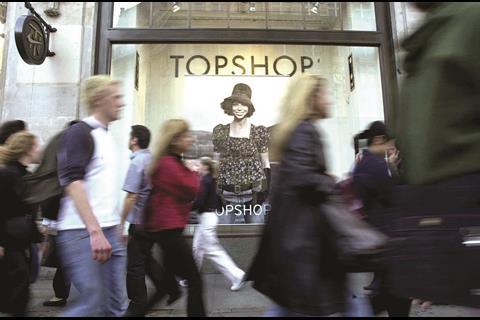
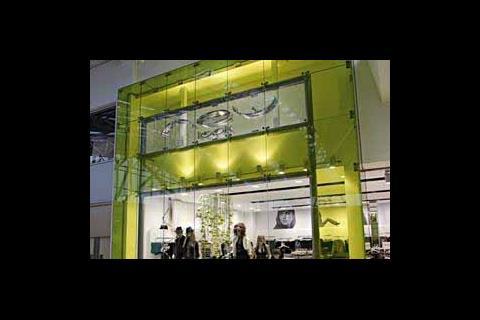
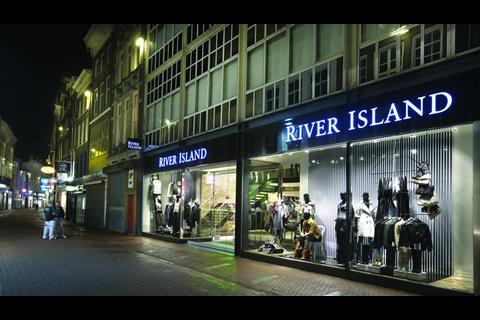


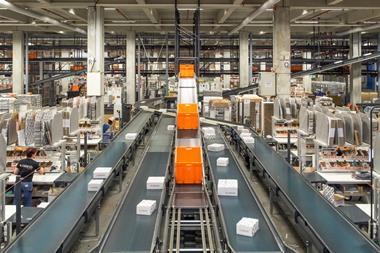


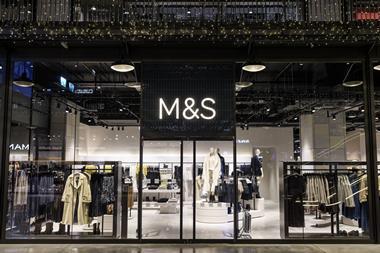
No comments yet